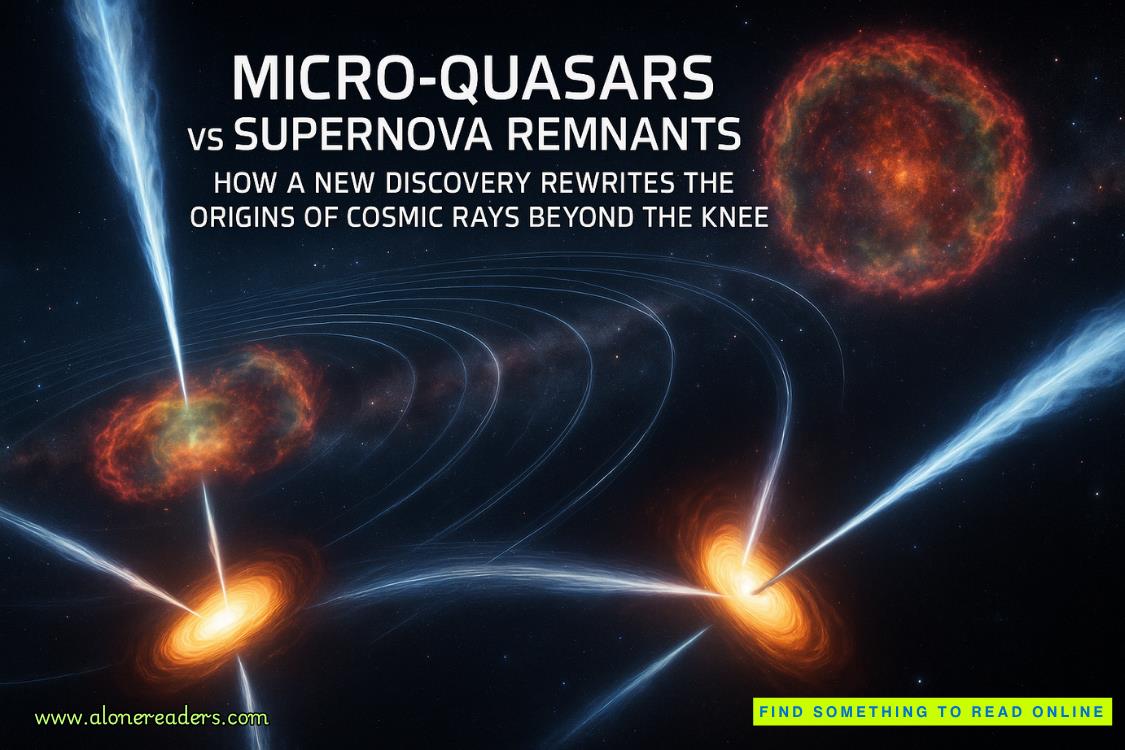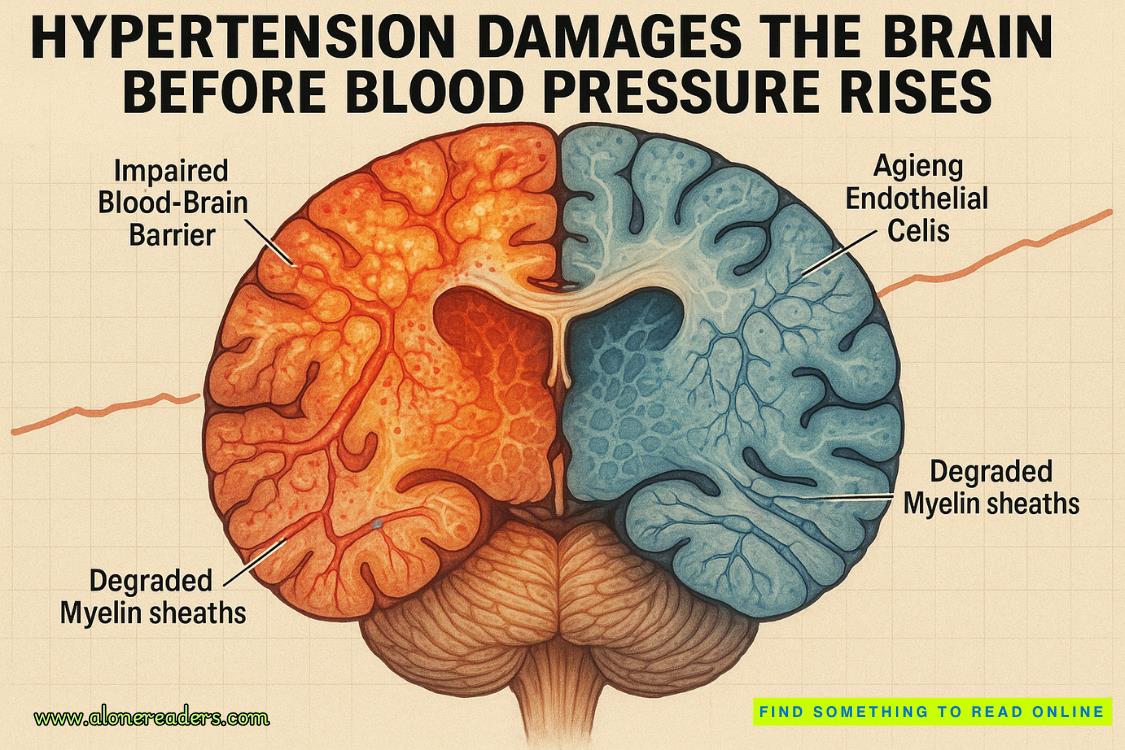Page 56 of Tomb of the Sun King
“Not all of us have memorized the Hymn to the Aten,” Ellie reminded him.
Mr. Al-Ahmed snorted lightly without looking up from his study of the jewelry box.
Constance leaned forward on her ottoman with a glimmer of unusual interest. “How very…intriguing.”
Ellie felt a quick dart of alarm. There was something less than purely scholarly about the glint in Constance’s eyes.
“At any rate,” Neil went on obliviously, holding the ring out in front of him, “thatis how I know this ring belonged to an Atenist. It was common during Akhenaten’s reign for his courtiers and supporters to change their names, replacing references to other gods with the Aten or just dropping them entirely. The Amarna period is the only logical point of origin for an artifact with these characteristics.”
“Amarna?” Constance echoed.
Ellie repressed a sigh, cutting in yet again to clarify her brother’s scholarly excesses. “It’s the term scholars use for the period of Akhenaten’s reign. It refers to the modern name for the location where he built his capital city—Tell al-Amarna.”
“Akhenaten didn’t want to rule from the city of Thebes, like his father had,” Neil eagerly elaborated. “Thebes was a city rife with the influence of other cults, like those of Hathor, Isis, and Amun. He built an entirely new capital devoted to the worship of his god and called it Akhetaten—Horizon of the Aten. But this?” He shook the ring again and let out a slightly wild laugh. “I have speculated foryearsthat Moses’ origins lay in the heart of the Amarna period! After all, Moses’ story in the Book of Exodus more or less describes how he was first raised as an Egyptian, and then guided the Hebrews to worship a single god above all others.”
“The whole golden calf bit,” Adam offered, finally pulling his attention from the window.
“Exactly!” Neil agreed excitedly. “Now—what makes more sense? That a shift toward monotheism happened spontaneously and independently among two disparate cultures—proto-Hebrew and Egyptian—at roughly the same period of history? Or that one culture exerted an influence over the other? For the love of God, Moses is an Egyptian name!”
Neil caught himself, shooting a nervous look at Ellie, whose mouth had already pulled down into a disapproving frown. “Orname element,” he corrected quickly, and then pressed on. “I have been working on this theory for years now. The only thing I have been missing is an explicit link between the Hebrews and the Atenists. But if hard evidence exists that Moses was in fact an official in Akhenaten’s court—”
“Hold on,” Constance cut in. “Are you saying that the Egyptians invented God?”
Neil’s mouth clamped shut. His gaze shifted from Constance to the others—and stopped on Mrs. Al-Ahmed, who had crossed her arms over her chest as she regarded him with a challengingly raised eyebrow.
“When you put it that way, I suppose it sounds rather…” He cleared his throat. “That is to say—we are talking about historical theory, not a theological argument…”
“It is a very compelling historical theory,” Mr. Al-Ahmed offered, pulling his attention away from the jewelry box. “If one allows for a historical basis behind the Exodus story at all.”
His wife cast him a wry and affectionate look. “And only a little blasphemous.”
Mr. Al-Ahmed stiffened with quick alarm.
“Ididknow I was marrying a scholar and not an imam,” Mrs. Al-Ahmed reminded him warmly.
Her husband flashed her a slightly rueful smile before going back to his study of the inscription.
“So your only-a-little-blasphemous theory is that Moses learned about God from this Akhenaten character,” Constance filled in. “And then carried that off and taught it to the Hebrews. But how did his ring end up in Mutnedjmet’s tomb? Was she an Atenist too?”
“Mutnedjmet was Nefertiti’s sister,” Neil replied, as though the answer ought to have been obvious.
“You’re jumping ahead again, buddy,” Adam noted with a hint of wry affection.
“Nefertiti was the great royal wife of Akhenaten—his queen,” Ellie filled in. “And one with an unusually prominent role in Egyptian life. Most of the time, the wives of pharaohs are shown as smaller, secondary figures to their husbands. But Nefertiti is given equal size in the art of the Amarna period—as though she were his partner, sharing his high status as they made offerings to the Aten or accepted tribute from lesser kings.”
“It is even possible that Nefertiti inspired Akhenaten to invent an entirely new form of Egyptian art,” Neil jumped in to add, eyes bright with scholarly excitement. “One that was incredibly lifelike and intimate, as opposed to the more stylized and formal scenes we find both before and after the period. You can actually see the flaws and imperfections, like Akhenaten’s rounded belly or the wrinkles around Nefertiti’s eyes. Instead of conventional scenes of the pharaoh marching along with the gods, Akhenaten and Nefertiti are shown playing with their children or sharing a meal. Grieving for a dying daughter. It’s… It looks like…”
“Love?” Constance filled in when Neil’s voice trailed off.
“But we do not know for certain that the Mutnedjmet who was Horemheb’s queen is the same Mutnedjmet mentioned in the tombs of Amarna as Nefertiti’s sister.” Mr. Al-Ahmed’s words had the air of an old argument.
“We know it for certainnow,” Neil retorted, waving the ring at him. “I did tell you that we would find a connection!”
Mr. Al-Ahmed sighed. “Sometimes I wonder if I would like you more if you were not such an obnoxiously lucky guesser.”
Neil frowned. “It’s not guessing. It’s—”
“But is this a well-known theory?” Adam pressed a little impatiently. “All this stuff about Moses and Akhenaten, and the queen in your tomb being Nefertiti’s sister? I’m just wondering how the hell Dawson would’ve thought to look for a clue to the location of Moses’ staff at your Eighteenth Dynasty excavation.”















